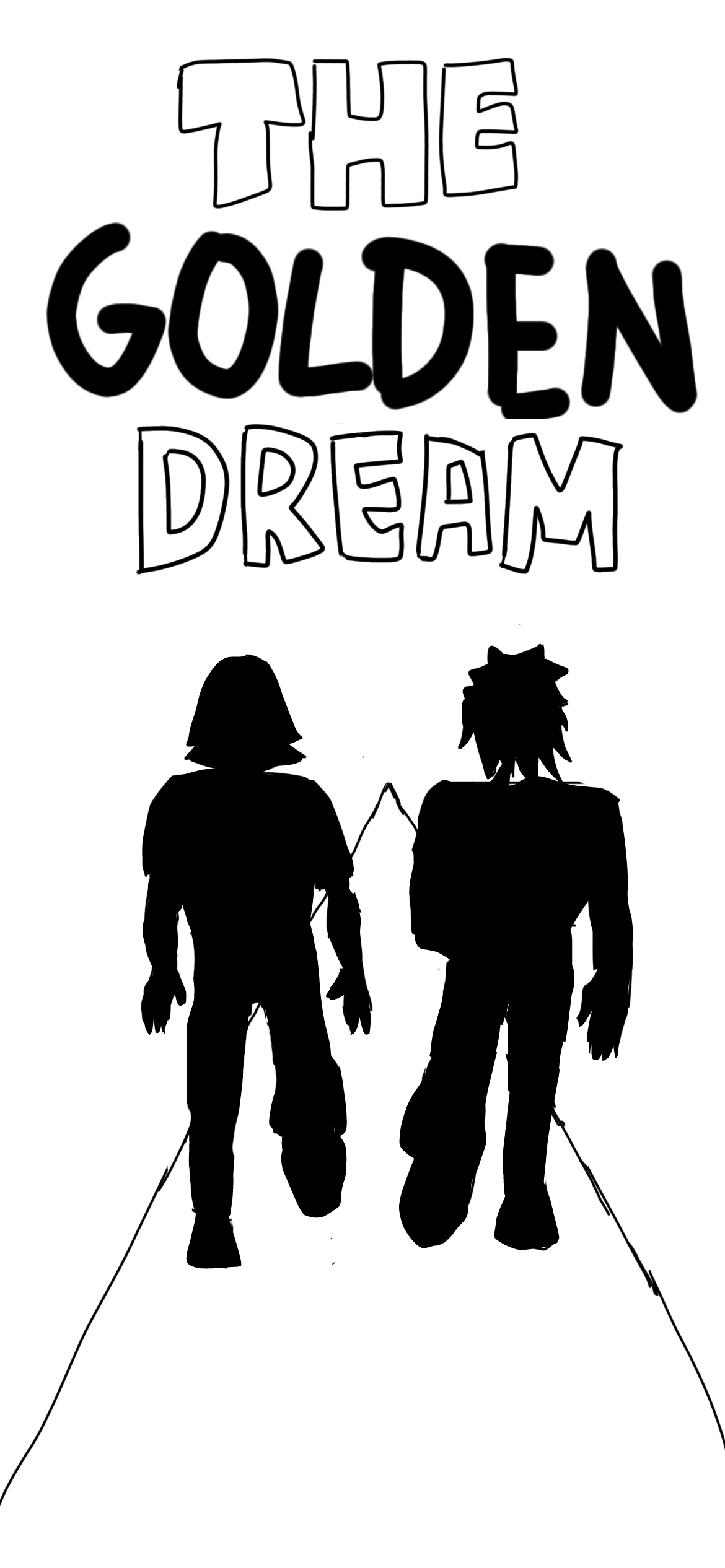Lights, camera, cultura: Latin American culture in film - "The Golden Dream"
September, 2024
In a world flooded with headlines about immigration, it’s easy to feel distant from the real human stories — stories of immigrants’ resilience, sacrifice, and lost innocence. “The Golden Dream,” or in Spanish, “La Jaula de Oro,” reveals the raw and untold struggles of young Latino migrants risking everything for a chance at freedom. Directed by Diego Quemada-Díez, this film portrays the journey of four teenage migrants forced to grow up too quickly as they confront the harsh realities of adulthood.
The story follows Sara, Samuel, Juan, and Chauk as they immigrate from Guatemala to Los Angeles in search of a better life. This “road-movie” shows their nights atop trains; their move from the city to the countryside; and their search for jobs, food, and shelter along the way. Though there is little dialogue, the film captures every emotion — from the pain of losing a friend, to the adrenaline in an escape, and the excitement of a new beginning.
Despite the harshness of their journey, the innocence of their youth remains. In particular, after losing his shoes on the road, Juan steals a pair of boots with lightning patterns across the sides, bragging about how cool they look. We catch the silhouette of these boots as they cross the border, as Juan runs away from gunshots, and through many sleepless nights on the train. Although they are still very young, these teenagers are forced to fend for themselves. However, no matter how alone they once were, they find home in each other.
The film depicts the beauty of friendship as the characters build relationships that go beyond race and language. For example, Chauk is described as “Indian” throughout the film, although he’s actually Native American, and speaks a language the other three don’t understand. Regardless of this barrier, they teach him Spanish words, defend him in front of authorities, and in the face of danger, Juan uses all his savings as ransom to rescue Chauk.
What makes “The Golden Dream” truly stand out is how it borderlines a documentary. According to The Guardian in 2014, Quemada-Díez conducted over 600 interviews across a decade and drew from these experiences to portray realistic narratives. Even after watching this movie, the impact of these authentic stories lingers, leaving viewers with a haunting question: Have the characters truly found the better life they desperately sought for?
For teenagers like me, this film serves as a reminder of the opportunities we’ve been granted. I recommend “The Golden Dream” not only for its beautiful cinematography and narrative, but also for the film’s ability to shed light on the raw experiences of immigrants. As we celebrate Hispanic Heritage Month, this film reminds us of the resilience of those who dared to dream for a better future.